4 Comments
But as I flipped through the book, I was keeping an eye out for photos and descriptions of music, dance, instruments, and religion.
New York, 1952 The smell of books lingered in the air as card catalog drawers clinked closed and creaked open. Dena Epstein walked through the golden light bouncing off the stone walls. She might have felt at home in any library, even if she had never been there before. On this day in 1952, she found herself in the New York Public Library, a monument to curiosity and learning in the heart of Manhattan. Dena had studied music and library science, and had worked as a music librarian. At thirty-six years old, her career as a librarian was temporarily on hold as her husband worked a government job and she took care of their children. Not working in a library didn’t seem to suit Dena, though. She wanted to engage her mind, she wanted to have interesting things to think about. Unanswered research questions nagged her. One of those questions made her come to the library from her home in New Jersey.
Although it didn't end up helping me with that research, Tucker's opinions about the abolition of slavery struck me. Here was a man, standing up in front of the Virginia legislature, calling out Thomas Jefferson specifically and calling the United States more or less a bunch of hypocrites.
I spent February at the James Ford Bell Library at the University of Minnesota in Minneapolis on a William Reese Company Fellowship, looking at the papers of Captain John Gabriel Stedman and investigating the banjo's early history in Suriname and the Caribbean.
Is your neighbor being annoying? Too loud? Coveting another neighbor's wife? What do you do about it? |
| ...also known as Swedish gingerbread cookies! As I was rolling out dough for pepparkakor last weekend, I realized I didn't know anything about the distinctly thin and crispy cookies I've been cutting out and eating every year. So, I decided to look into what I could find about the history of Swedish gingerbread and share my favorite recipe, which comes from an almost-antique 1986 Allt Om Mat. Enjoy and God Jul! |
Read my new piece on OZY! Just in time for election day, OZY published my piece on how early feminists in the U.S. got inspiration from women participating in the French Revolution. This story was inspired by an essay in Riot and Revelry in Early America, a book that explores the celebrations, parades, and traditions that helped create American culture, even if they have been forgotten. |
Come in, the stacks are open.
Away from prying eyes, damaging light, and pilfering hands, the most special collections are kept in closed stacks. You need an appointment to view the objects, letters, and books that open a door to the past.
Here, pieces of material culture are examined in the light. The stacks are open. Read the stories behind objects and ephemera found in private collections, archives, and museums.
Archives
April 2023
October 2022
September 2022
August 2022
July 2022
June 2020
March 2020
January 2020
August 2019
July 2019
March 2019
February 2019
December 2018
August 2018
July 2018
June 2018
May 2018
April 2018
March 2018
February 2018
January 2018
December 2017
November 2017
October 2017
September 2017
July 2017
June 2017
April 2017
March 2017
February 2017
January 2017
December 2016
November 2016
October 2016
September 2016
August 2016
July 2016
June 2016
May 2016
March 2016
February 2016
January 2016
December 2015
November 2015
October 2015
September 2015
August 2015
February 2015
December 2014
October 2014
September 2014
February 2014
December 2013
Categories
All
16th Century
17th Century
18th Century
19th Century
20th Century
21st Century
African American History
African History
Alcohol
Alcohol History
America
Animal
Appalachian
Art
Bad Science
Baltimore
Banjo
Banjo Collector's Gathering
Banjo History
Banya Obbligato
Banya Prei
Books
Canada
Cancer
Cat
Celebrations
Chesapeake Bay
Chicago
Christmas
Circus History
Civil War
Clown
Cold War
Colonial History
Communism
Conjoined Twins
Cook Books
Crab
Creole-bania
Culinary History
Devil
Drumming
Dutch History
Easter
England
Eugenics
Exhibits
Fiddle
Film
Food
Food History
France
"Freak Show" History
German American
German History
Goucher College
Halloween
Hockey
Hollywood
Hospital
Human Development
James Ford Bell Library
Jewish History
Lincoln
Lost Baltimore
Lost History
Lying In
Lying-In
Magazine Covers
Map
Maritime History
Maroons
Maryland
Maternity
Medical History
Medical Procedures
Medicine
Metropolitan Museum
Midwifery
Minstrelsy
Monsters
Museum
Music
Native American History
New Jersey
New Orleans
Newspapers
New York City
Obstetrics
Ozy
Patent
Photography
Plain Weave
Political History
Politics
President
Print
Psychology
Public Transportation
Science
Sheet Music
Skansen
Skeleton
South American History
Sports
Stedman
Streetcar
Suffragettes
Suriname
Sweden
Swedish History
Theater
The Knick
Third Reich
Traditional Music
Traditions
Transportation History
Tri-racial Isolate
Typeface
Typography
U.S.
USA
U.S. History
Valentine
Vegetarian
Vegetarianism
Victorian
Violin
Virginia
Vodou
Weaving
West Africa
West Virginia
Winti
Wisconsin
Witch
Witches
Women
Women's History
World History
World War II
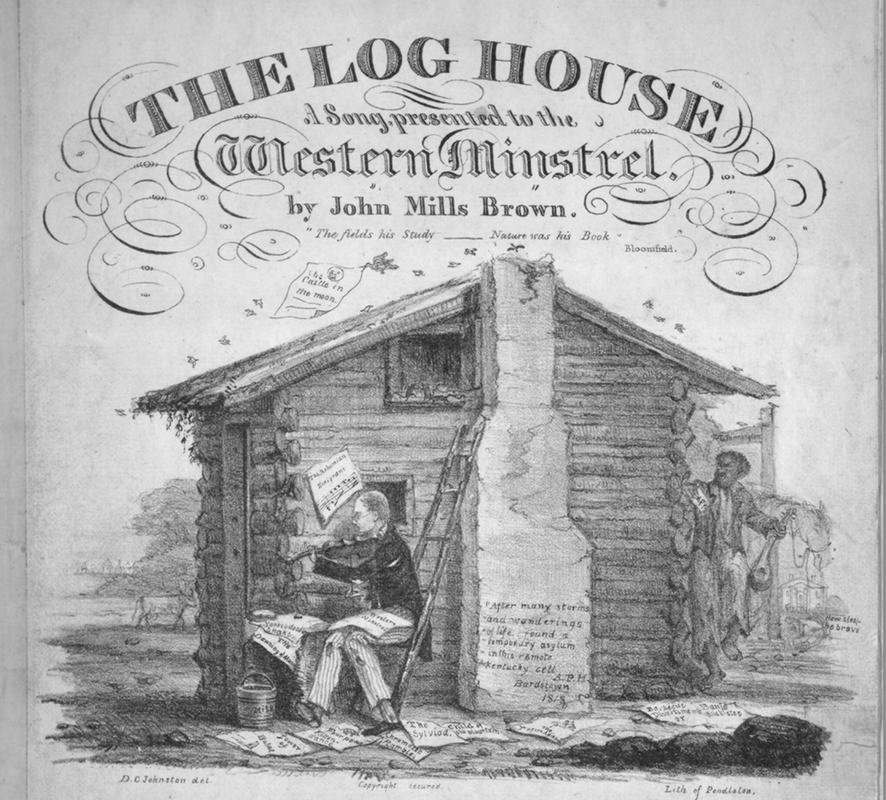
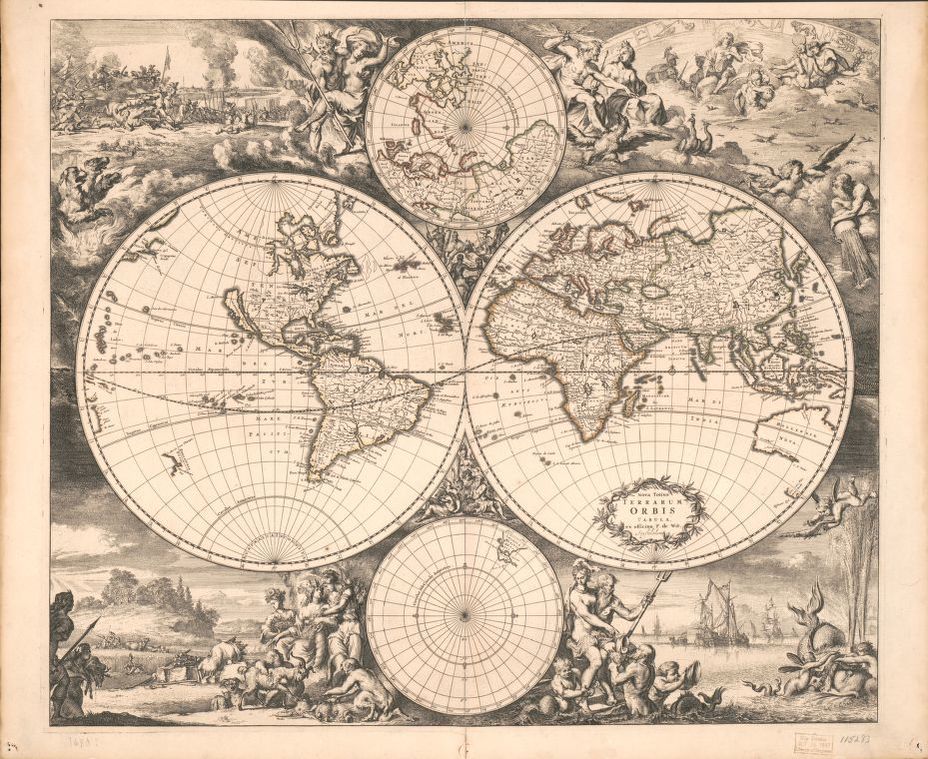
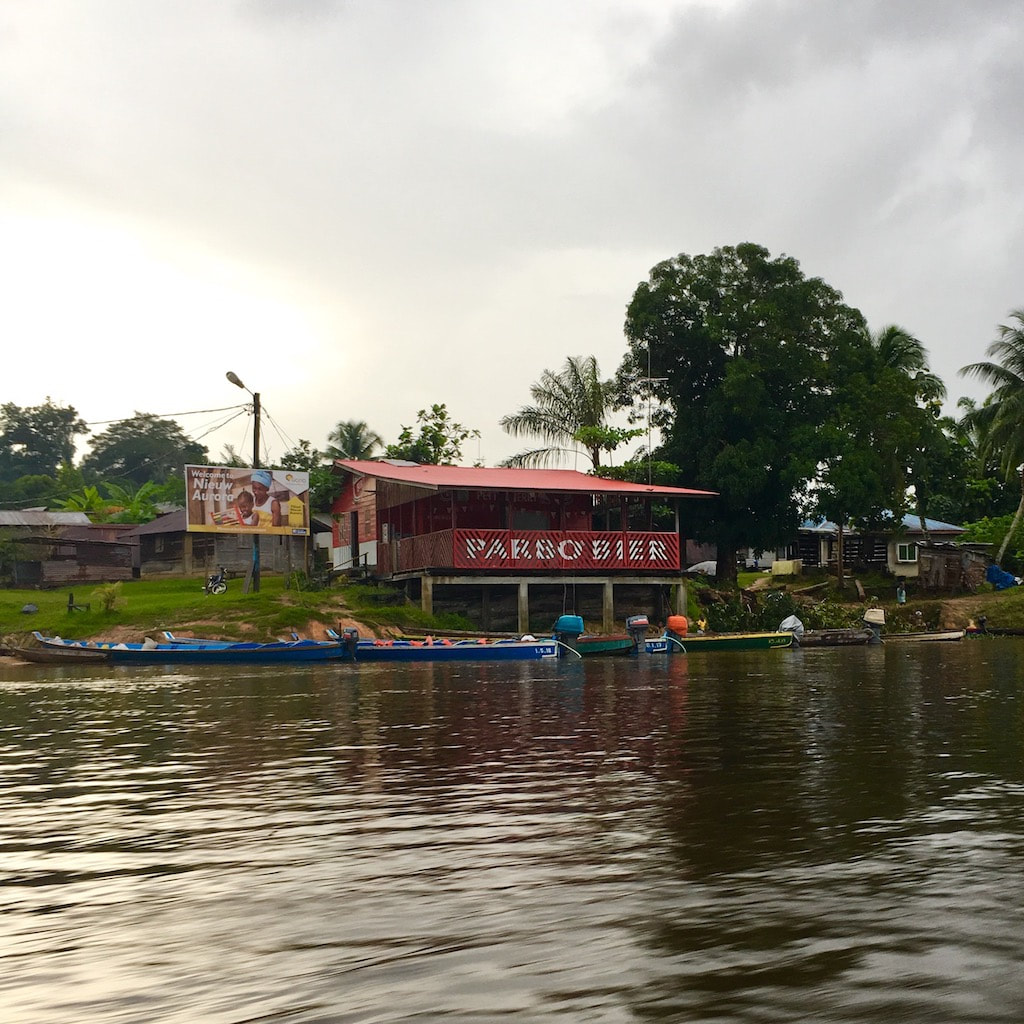
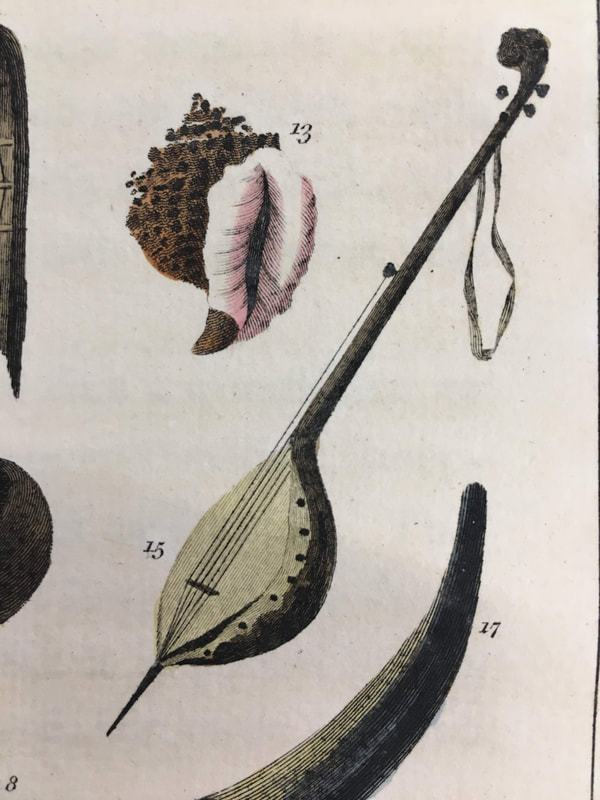
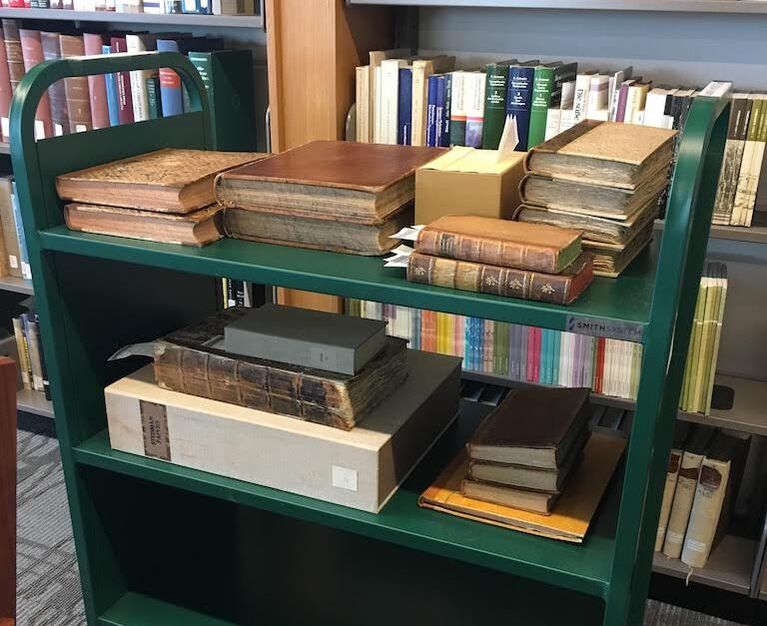
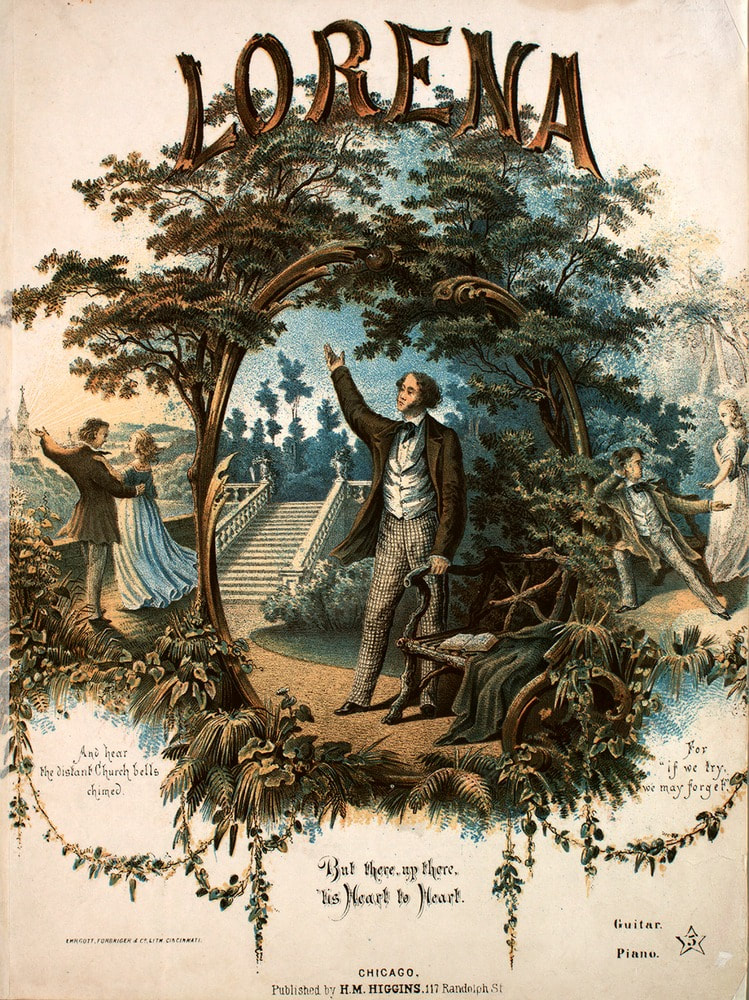
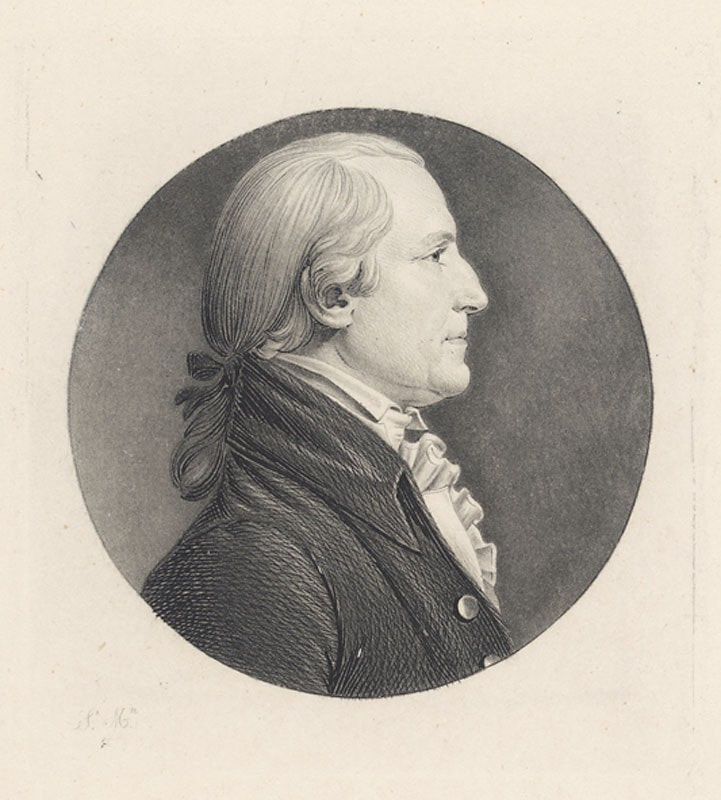
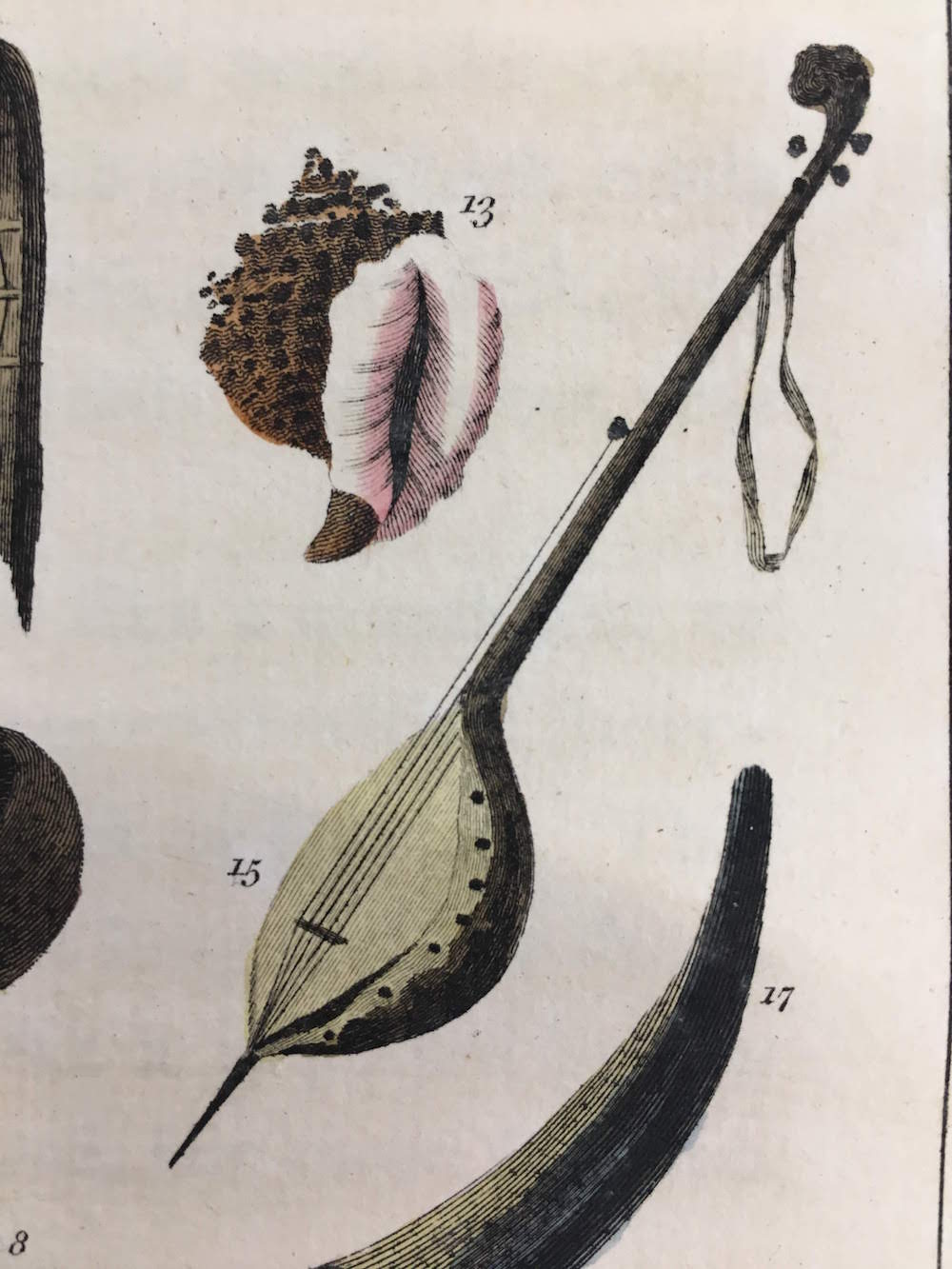
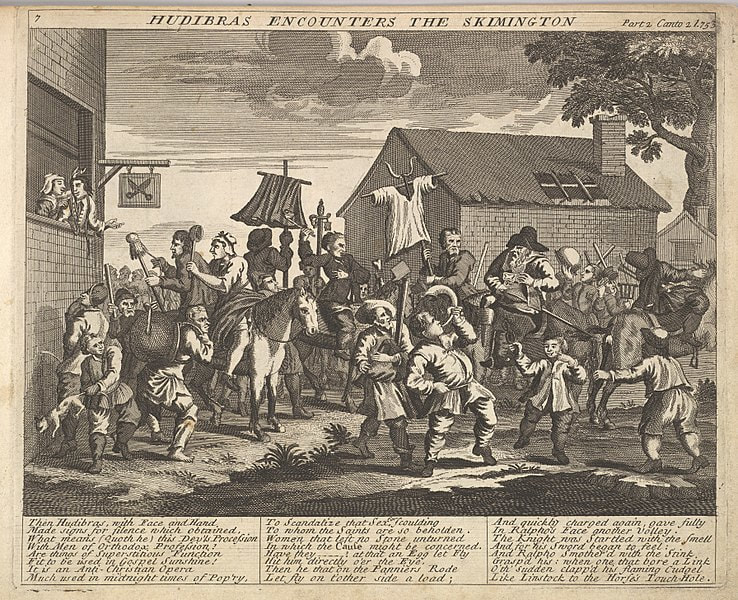
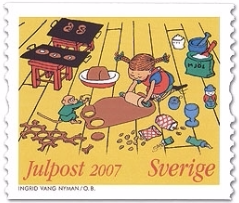


 RSS Feed
RSS Feed